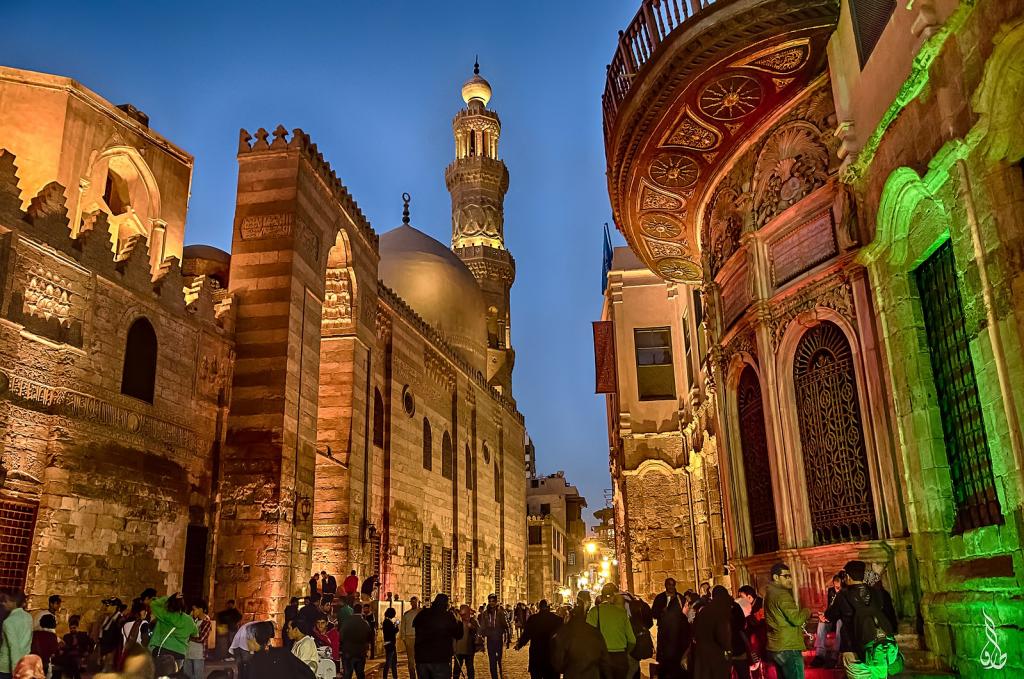
(Wikimedia Commons public domain photograph)
***
It’s very easy, from this distance in time and place, not only to lose track of what’s happening back closer to home but to fall out of touch with the day and the hour. So I came very near to neglecting to mention a new article that has appeared in Interpreter: A Journal of Latter-day Saint Faith and Scholarship. This one is by Loren Blake Spendlove:
“Abraham’s Amen and Believing in Christ: Possible Applications in the Book of Mormon Text”
Abstract: Following the discovery of delocutive verbs and their likely usage in the Hebrew Bible, Meredith Kline proposed that the verb האמין (he’emin) in Genesis 15:6 — traditionally interpreted as a denominative verb meaning “he believed” — should be understood as a delocutive verb meaning “he declared ‘amen.’” Rather than reading Genesis 15:6 as a passive statement — Abraham believed in Yahweh — Kline argued that we should interpret this verse in the active sense, that Abraham vocally declared his amen in Yahweh’s covenantal promise. In this light, I have analyzed various passages in the Book of Mormon that utilize similar verbiage — “believe in Christ,” for example — to examine how their meanings might be enhanced by interpreting the verbs as delocutives rather than denominatives.
***
Today was a great day, from my admittedly skewed perspective. I always encourage people who are coming on Middle Eastern tours with me to arrive a day early so that they can have a bit more time to get over jet lag, and so forth. Well, so many people did that on this trip that we were actually obliged to put a pre-tour tour together, and I was really happy with what was included and with how it turned out.
We went first to the so-called “Citadel of Cairo,” which was built in the twelfth century on an outcropping of the Muqattam Hills by the great Sultan Salah al-Din (Sa-LAAH ad-DEEN [with a strong “h“] who is better known in English as Saladin). He’s a hero of mine.
Famous in the West as the chivalrous opponent of Richard the Lionheart, Saladin eventually managed to drive the Crusaders out of Jerusalem and put an end to that Crusader state. Nonetheless, even Dante Alighieri, devout medieval Christian that he was, put Saladin in the very highest circle of his Inferno — among those virtuous heroes such as Hector, Socrates, Plato, Aeneas, Caesar, and his own guide through Hell and Purgatory, Virgil, whose only sin was that they had never received baptism.) Gotthold Ephraim Lessing’s important 1779 German Enlightenment play Nathan der Weise (“Nathan the Wise”) also gives a prominent place to Saladin as a kind of model Muslim hero. In more recent years, some Arabs — to say nothing of the dictator himself — tried to portray Saddam Hussein as the new Saladin. But there is no comparison. Beside the moral gulf that separates the two, there is yet another highly ironic difference: Although he spoke Arabic, Saladin was not ethnically an Arab, but a Kurd. Had he come back to life in the time of Saddam, it is true that Saladin might well have been ruling Baghdad. Not, however, in the role of Saddam Hussein, the butcher of Kurdish civilians. Instead, he would almost certainly have been their indignant avenger. For a Hollywood version of Saladin, see Ridley Scott’s 2005 film Kingdom of Heaven.
We walked through some of the government buildings within the Citadel and then spent some time inside the early-to-mid-nineteenth century Turkish-style mosque of Muhammad Ali, for which (for some reason) I’ve never had much affection. It’s a clear example of an Ottoman-style mosque, but my feeling is that, if you really want Ottoman-style mosques, you should go to Istanbul or Bursa or Edirne, not Cairo. To me, it’s less than fully satisfactory imitation — although, given the quantity of alabaster used in its construction and the height of its quintessentially Turkish minarets and the elegance of the interior of its dome, it’s really quite remarkable. And, if you’re not going to Turkey, the Muhammad Ali Mosque can teach you a lot. Still, I like fully Egyptian mosques in Egypt,
Remarkable too was the weather. There was rain in Cairo last week, and so the air was clear and the visibility was very good while we were up at the Citadel. We could see the pyramids of Giza, which is never guaranteed from that location. Remarkably, though, we could also see the Saqqara complex, much further to the south. And then the wind came up, later in the day, and then even rain, which forced us to find shelter. In Cairo!
After coming down from the Citadel, we drove over to the Bab al-Futuh, the old northern gate of the Fatimid city of Cairo, and we walked along al-Mu‘izz Street (more properly, Al-Muizz li-Din Allah al-Fatimi Street) to the open square adjacent to the Sayyidna Husayn Mosque. It’s a living street, with its sections devoted to jewelry and copper vessels and, of all things, lemons, but it’s also an open-air museum of medieval and late-medieval architecture.
We walked past the restored Mosque of al-Ḥākim bi Amr Allāh, one of the most enigmatic figures in Egyptian or any history. Was he a very cagey and perceptive statesman? I’ve read arguments to that effect and found them entirely convincing. Was he simply a dangerous religious fanatic? After certain readings, I’ve been persuaded that he was. Or was he flatly insane? Some readings have won me over to that view, at least for a while. I just don’t know. But he’s still venerated today by many Ismaili Shi‘i Muslims, and the Druze movement, which is chiefly located in Mount Lebanon and in the Golan Heights of Israel and Syria regards him as a manifestation of the divine.
It was wonderful to walk again along this street, past the various sabil–kuttabs and the madrasa and mosque of Sultan Barquq and the hospital, madrasa , and mausoleum complex of Qalawun, the latter of which was a particular favorite of ours when my wife and I lived in Cairo many years ago.
This is the first time that our tour here has had a day focused entirely Fatimid-Mamluk Cairo, even if it was just a “pre-tour” arrangement, and I was extremely pleased to have it. Our long-standing Egyptian guide Hany Tawfeek was excellent, as he always is for our more usual tour days, and I would recommend that it be included in every tour.
Posted from Cairo, Egypt












